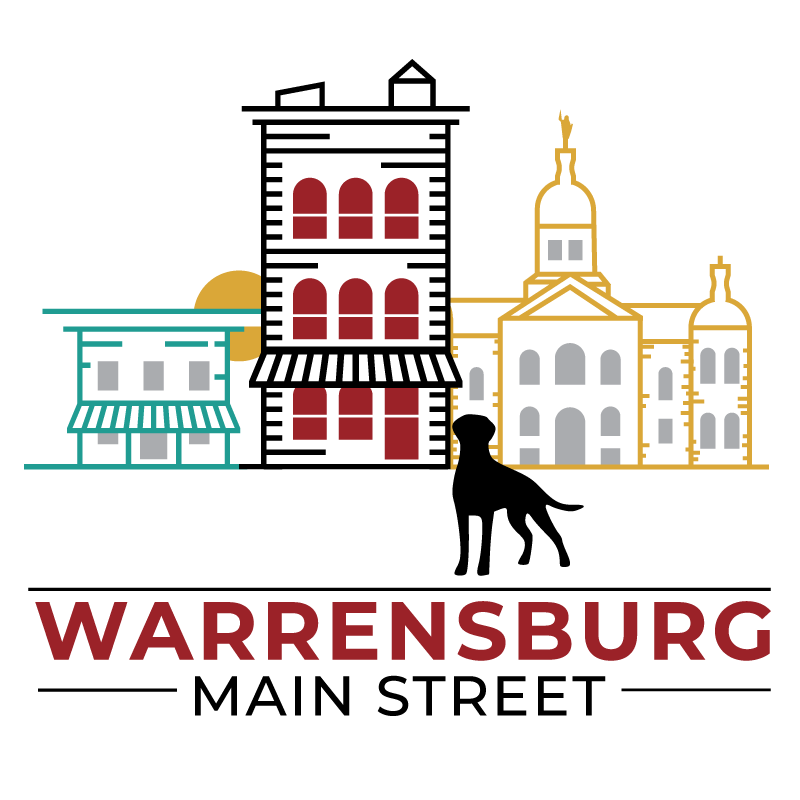Businesses housed in 313 North Holden included a drugstore (1914-1945), Fowler Paint and Paper Store (1958-1963), Slattery Appliances (1967), and Johnson County Title Company/Truman Title (1972-present).
At Bi-Rite Grocers, you could purchase coffee for 21 Cents a pound in 1931. A hamburger would run you 19 Cents for two pounds.
[/vc_column_text][/vc_column_inner][vc_column_inner css=”.vc_custom_1666283007870{padding-top: 5% !important;padding-right: 5% !important;padding-bottom: 5% !important;padding-left: 5% !important;background-color: #ededed !important;border-radius: 20px !important;}”][vc_column_text]In 1899, Sears Roebuck sold a pattern high-grade Reservoir Coal and Wood Cook Stove for only $13, on sale from $25!
[/vc_column_text][/vc_column_inner][vc_column_inner css=”.vc_custom_1666283016935{padding-top: 5% !important;padding-right: 5% !important;padding-bottom: 5% !important;padding-left: 5% !important;background-color: #ededed !important;border-radius: 20px !important;}”][vc_column_text]Howard Chappell ran Sears for many years and served as a Mayor of Warrensburg. Howard was a proud and dedicated supporter of the United States Marine Corp throughout his lifetime. He enlisted in the Marines at the age of 17 and fought courageously with the Fifth Marine Division on Iwo Jima during World War II where he was wounded in battle and received the Purple Heart.
[/vc_column_text][/vc_column_inner][vc_column_inner css=”.vc_custom_1666283028147{padding-top: 5% !important;padding-right: 5% !important;padding-bottom: 5% !important;padding-left: 5% !important;background-color: #ededed !important;border-radius: 20px !important;}”][vc_column_text]The Cord Building was built by the parents of E. L. Cord. Born July 20, 1894, in Warrensburg, Missouri, Errett Lobban (E.L.) Cord was destined to be a deal maker. His dad C. W. was a grocer, and his mom Ida Lobban a teacher. When E. L. was ten, his father’s general store failed, and C.W. moved the family to Joliet, Illinois, where his wealthy brother-in-law offered to set him up in a jewelry store. In 1904, when the brother-in-law picked up stakes to move to Los Angeles, C.W. and his family went along, too. Cord founded the Cord Corporation in 1929 as a holding company for over 150 companies he controlled, mostly in the field of transportation. The corporation controlled the Auburn Automobile Company, which built the Auburn and Cord automobiles; Lycoming Engines; Duesenberg Inc.; New York Shipbuilding; Checker Cab; Stinson Aircraft Company; and American Airways (later American Airlines), amongst other holdings.
[/vc_column_text][/vc_column_inner][/vc_row_inner][/vc_column][/vc_row][vc_row css=”.vc_custom_1666283269054{margin-top: 3% !important;margin-bottom: 3% !important;}” section_id=”architecture”][vc_column][vc_custom_heading text=”ARCHITECTURE” use_theme_fonts=”yes” css=”.vc_custom_1666282339998{margin-bottom: 3% !important;border-bottom-width: 3px !important;border-bottom-color: #950811 !important;border-bottom-style: solid !important;}” smartphone_font_size=”20px”][vc_column_text]This two-story two-part commercial block has stone cladding and a flat roof. A bracketed, pressed-metal cornice with a raised center panel caps the building. Stone piers with bracket capitals on the first story frame the primary (east) elevation and continue to the top of the building. Stucco clads the first story of the primary elevation; decorative details on the first story reference the decorative stonework on the second story. The primary elevation has six bays. Wood doors in recessed entrances fill the outer bays; paired one-over-one double-hung vinyl windows with simulated muntin grids fill the center bay. A dentilled cornice with a center balcony platform divides the first and second stories. Alternating courses of dressed and cut stone clad the second story; a stone relief colonnade flanks the window openings. The center of the raised pediment has letters in relief that read “1897” on the north half and “1897/C.W. CORD” on the south half. This building retains integrity and clearly communicates its historic commercial function and the era in which it was constructed, rendering it contributing to the District.[/vc_column_text][/vc_column][/vc_row][vc_row css=”.vc_custom_1666277997451{margin-top: 5% !important;margin-bottom: 10% !important;}”][vc_column][/vc_column][/vc_row]